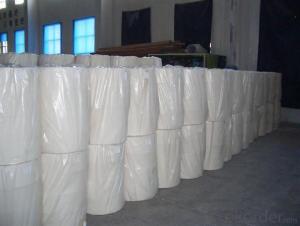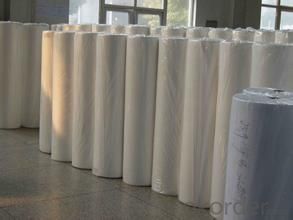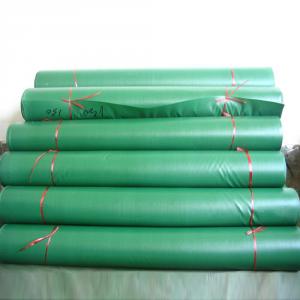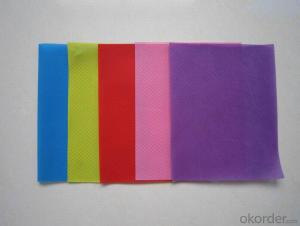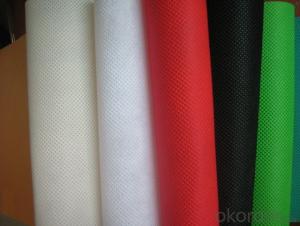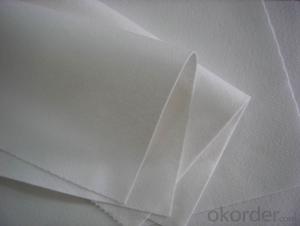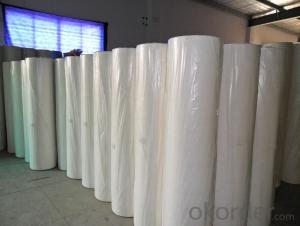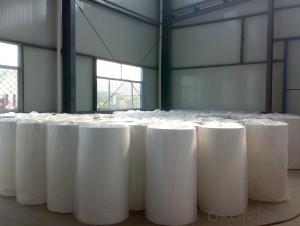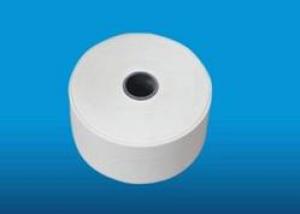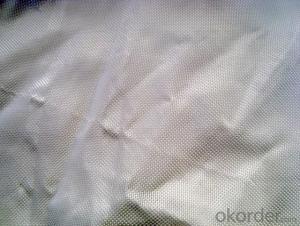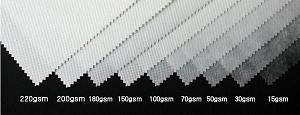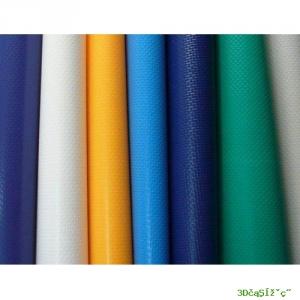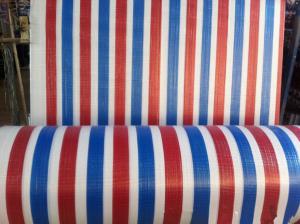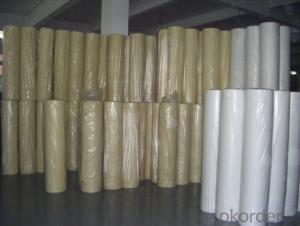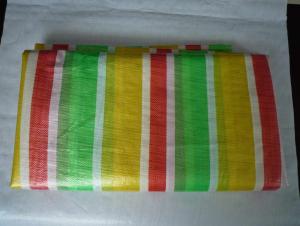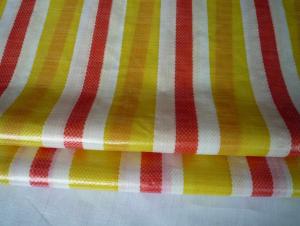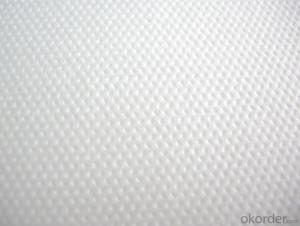Thermal Bonded Nonwoven Fabric for Polyester Wadding
- Loading Port:
- Shanghai
- Payment Terms:
- TT OR LC
- Min Order Qty:
- 500 kg
- Supply Capability:
- 100000 kg/month
OKorder Service Pledge
OKorder Financial Service
You Might Also Like
Eco-friendly Polypropylene PET Spunbond Non-woven Fabrics Made in China
Our products have been widely used in the field of medical& sanitary, industry &agriculture, and construction &daily-used products such as agriculture plant covers, roof waterproof materials, disposable items for medical and industrial applications, liners for furniture, lining in cases,apparel, warm facilities, bedding products, sofas, packing materials, packing material land mulriple cloth shopping bags, suits and garment covers, Industrial protective coveralls, garment accessory materials, bed articles, medical and sanitary articles as well.
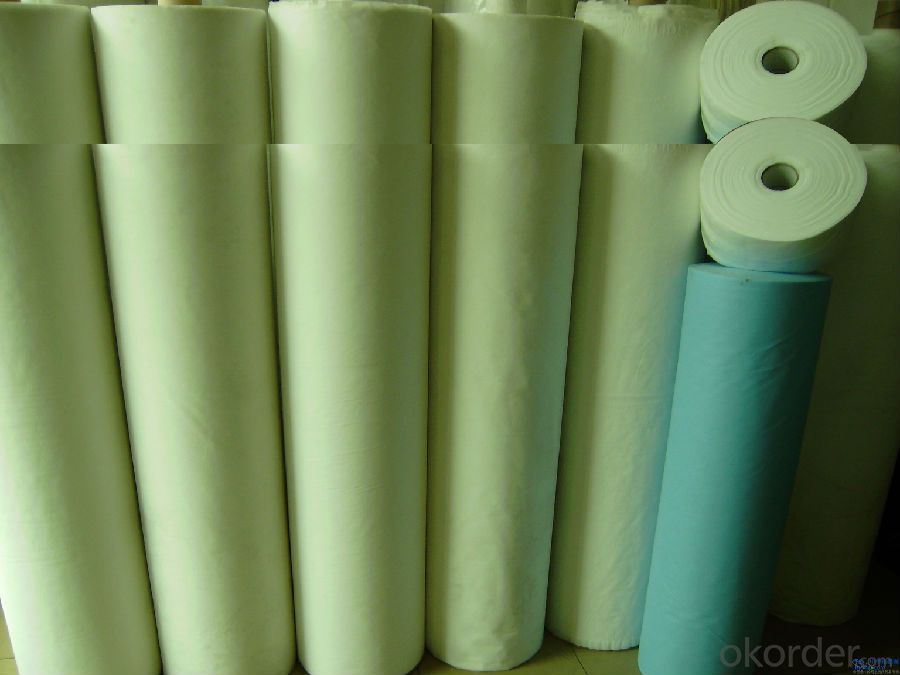
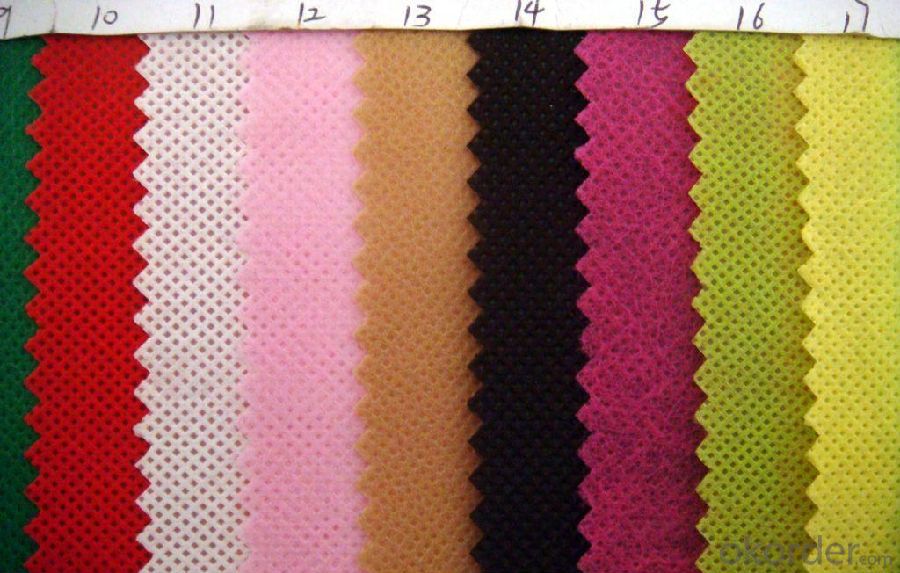


Our Service:
Within 24 hours reply ;
Well-trained and experienced staffs in English;
OEM & ODM , Customized are warmly welcomed , or design for you ;
Protecting customer’s privacy and profits;
Make sure the quality is approved , or we pay the return or remake them at once .
Nonwoven Advantage:
1. Light: Polypropylene is the main raw material; specific gravity is 0.9, is only third five, fleecy and touches well.
2. Flexibility: made up of microfiber (2-3D), dot by dot thermo-melt formed. Flexibility of products is suitable, comfortable.
3. Water resistance and breathability: slices of Polypropylene and finished products resist water, breathable and easy to maintain and wash.
4. Non-toxic, non-irritating: made of materials which catch up FDA standard, without other chemical composition, stable, non-toxic, no smell, safe for sensitive skin.
5. Anti-bacterial, anti-chemical: Polypropylene is blunt chemical substances can protect in liquid from bacterial and insects; antibacterial, alkali corrosion, erosion and the finished product will not affect sensitive skin.
FAQ:
Q: What standards are you carrying out for your products?
A: We produce according to the ISO9001 and ISO14001 rules.
Q: How to install the machine?
A: We will arrange 1~2 engineers to your factory to guide installation and assembly.
Q: What’s your international market?
A: We Have exported to about 40 countries and regions all around the world, such as, the USA, France, Singapore, Australia, Middle East, Brazil, Peru and so on.
Q: Do you sell steel shot or steel grit which can be uses in shot blasting machine?
A: We have four production lines for steel shot and steel grit production, one work shop for steel cut wire shots, and one workshop for stainless steel shot and Aluminium shot and so on.
Q: Do you have the right to export?
A: Yes, we registered in the Customs and gained the right to export by ourselves.
- Q: The weight of the textile fabric
- Raw material costs, raw material costs = yarn per yarn X yarn price, how to calculate the amount of yarn per meter? We put all the fabrics into non-elastic fabric, weft fabric, four-sided fabric to show one by one.
- Q: How can paint points be removed during textile processing?
- The cross-linking agent, the adhesive is a polymer resin, they are in the air at high temperature polymerization, the coating macromolecular particle network within them
- Q: How to reduce the cost of textile yarn dyeing
- Artificial: now wage increases, the insurance state to pay, can not save
- Q: Sponges are plastic or textiles
- Sponge: Polyurethane soft foam rubber, polyurethane is the most common in life a polymer material, widely used in the production of various "sponge" products
- Q: What is a textile fabric?
- According to whether the raw materials can be divided into white cloth: white fabric, not bleached raw materials processed by the fabric; dyed fabric, the bleaching of raw materials or fancy after processing from the fabric
- Q: Textile industry belongs to the first few industries
- The secondary industry refers to industries that need to be processed from natural sources to produce new products, usually referred to as industry, such as manufacturing, construction, etc.
- Q: How to grow in the textile industry and have their own customers
- You count down, so that the total loss of 20%, only 800KG fabric, and if you do clothes, cut when the loss plus, it is very impressive
- Q: What are the classification of the textile?
- Density - used to indicate the number of yarns per unit length of the woven fabric, usually 1 inch or 10 centimeters of the number of yarns, the Chinese national standard specifies the number of yarns within 10 centimeters to indicate the density, but the textile enterprise Still used to use 1 inch of the number of yarns to indicate the density
- Q: What is the difference between the mesh pattern on the textile structure?
- As the chemical fiber has its own characteristics, are generally blended. Such as adding a certain percentage of natural fibers (wool, cotton, silk, linen), or different chemical fiber blends, take their own characteristics, get fine fabrics. Chemical fiber in the proportion of clothing is more polyester.
- Q: What is the earliest textile raw material?
- The ancient Roman Empire was first through the "Silk Road" on the spread of silk, said China as "silk country"
Send your message to us
Thermal Bonded Nonwoven Fabric for Polyester Wadding
- Loading Port:
- Shanghai
- Payment Terms:
- TT OR LC
- Min Order Qty:
- 500 kg
- Supply Capability:
- 100000 kg/month
OKorder Service Pledge
OKorder Financial Service
Similar products
Hot products
Hot Searches
Related keywords
